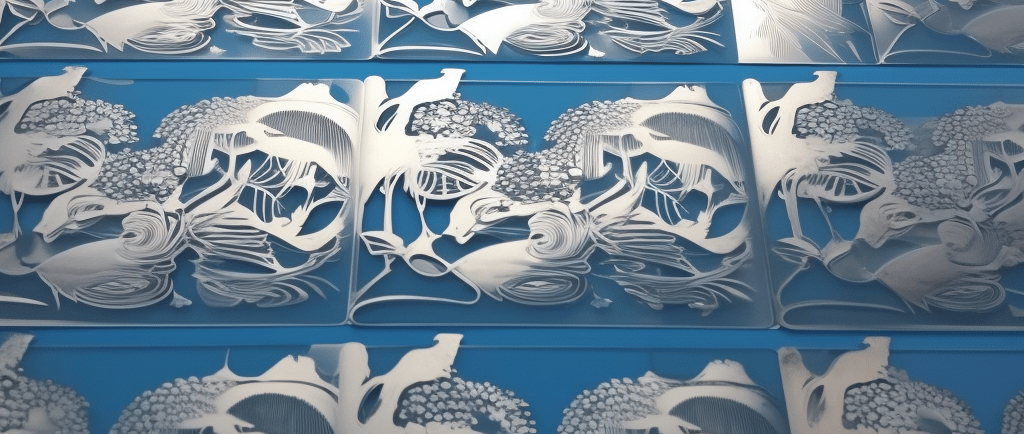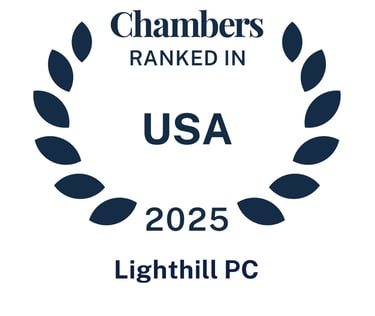Lithographic Printing Plates from China and Japan
U.S. launches antidumping & countervailing duty investigations
On September 27, 2023, Eastman Kodak Company (“Petitioner”), the only known U.S. producer of aluminum lithographic printing plates (“Lithographic Plates”) filed petitions with the U.S. International Trade Commission (ITC) and the U.S. Department of Commerce (DOC) seeking the imposition of antidumping duties on imports of Lithographic Plates from China and Japan. They also called for countervailing duties on subsidized imports of Lithographic Plates from China.
The Focus of the Investigations:
1. The DOC calculates the dumping margins or subsidy rates for foreign exporters of Lithographic Plates.
2. The ITC evaluates if U.S. Lithographic Plates producers are materially injured by the imports from China and Japan.
Dumping occurs when a foreign company sells a product in the United States at less than its normal value, as determined by the foreign company’s sales in its home market, sales in a comparison market, or below cost – essentially, this analysis is about price-discrimination. The price discrimination analysis yields a percentage called the margin of dumping. Petitioner alleges the following dumping margins for exporters of Lithographic Plates:
China - 107.64 percent
Japan - 23.52 percent
Given the numerous producers and exporters of Lithographic Plates from China and Japan, the DOC will likely examine only two companies from each country. The selection of these companies is normally based on export volume to the U.S. The selected companies will be required to participate fully in the investigation. And the dumping margins calculated for those companies usually serve as the basis for the duty rates for the other producers and exporters.
Subsidies are financial assistance from foreign governments that benefit the production, manufacture, or exportation of goods and are specific to the exporter or industry (countervailable subsidies). These subsidies may be in the form of discounted loans, tax breaks, direct grants, or low-cost rent, etcetera. Petitioner alleges that producers and exporters of Lithographic Plates from China benefitted from 15 countervailable subsidies. DOC will examine those programs and calculate a separate countervailing duty (CVD) rate for the selected exporters and apply those rates to the non-selected exporters.
Injury investigation is already underway. The ITC initiated its investigation into the injury on September 28, 2023. Producers, importers, and exporters can participate in the injury investigation by submitting questionnaire responses about production, importation, and sales of Lithographic Plates. Questionnaires were issued on October 2, 2023. Producers, importers, and exporters may also mount a defense, challenging the allegation that imports are injuring the U.S. industry.
Key Dates:
ITC Questionnaires: October 12, 2023
DOC Initiation: October 17, 2023
ITC Preliminary Determination: November 13, 2023
DOC CVD Preliminary Determination: December 21, 2023
DOC AD Preliminary Determination: March 5, 2024
DOC CVD Final Determination: March 5, 2024
DOC AD Final Determinations: May 20, 2024
ITC Final Determination: July 3, 2024
Issuance of Orders: July 10, 2024
Note: Deadlines are estimated and might extend in some situations.
Retroactive duties may be required for merchandise currently in transit or expected to be shipped soon. If Petitioner later alleges critical circumstances and dumping or subsidization are determined, imports arriving after September 27, 2023 (the date on which the petition was filed), but before the date of the AD and CVD preliminary determination dates, could be subject to retroactive cash deposits.
REQUESTED SCOPE OF MERCHANDISE UNDER CONSIDERATION
The merchandise covered by these investigations is aluminum lithographic printing plates. Aluminum lithographic printing plates consist of a flat substrate containing at least 90 percent aluminum. The aluminum-containing substrate is generally treated using a mechanical, electrochemical, or chemical graining process, which is followed by one or more anodizing treatments that form a hydrophilic layer on the aluminum-containing substrate. An image-recording, oleophilic layer that is sensitive to light, including but not limited to ultra-violet, visible, or infrared, is dispersed in a polymeric binder material that is applied on top of the hydrophilic layer, generally on one side of the aluminum lithographic printing plate. The oleophilic light-sensitive layer is capable of capturing an image that is transferred onto the plate by either light or heat. The image applied to an aluminum lithographic printing plate facilitates the plate's use in offset printing processes to produce materials such as newspapers, magazines, books, yearbooks, coupons, packaging, and other printed materials. Aluminum lithographic printing plates within the scope of these investigations include all aluminum lithographic printing plates, irrespective of the dimensions or thickness of the underlying aluminum substrate, whether the plate requires processing after an image is applied to the plate, whether the plate is ready to be mounted to a press and used in printing operations immediately after an image is applied to the plate, or whether the plate has been exposed to light or heat to create an image on the plate or remains unexposed and is free of any image.
Subject merchandise also includes aluminum lithographic printing plates produced from an aluminum sheet coil that has been coated with a light-sensitive image-recording layer in a subject country and that is subsequently unwound and cut to the final dimensions to produce a finished plate in a third country (including the United States), or exposed to light or heat to create an image on the plate in a third country (including the United States).
Excluded from the scope of these investigations are lithographic printing plates manufactured using a substrate produced from a material other than aluminum, such as rubber or plastic.
Aluminum lithographic printing plates are currently classifiable under HTSUS subheadings 3701.30.0000 and 3701.99.6060. Further merchandise that falls within the scope of these investigations may also be entered into the United States under HTSUS subheadings 3701.99.3000 and 8442.50.1000. Although the HTSUS subheadings are provided for convenience and customs purposes, the written description of the scope of these investigations is dispositive.






